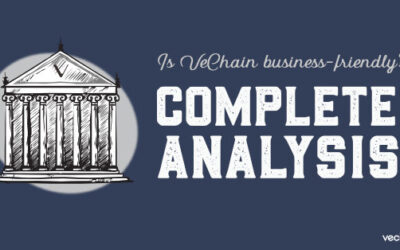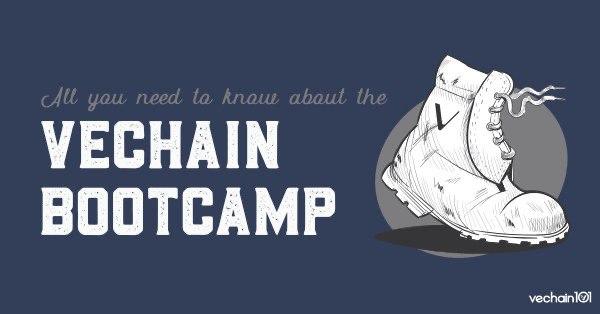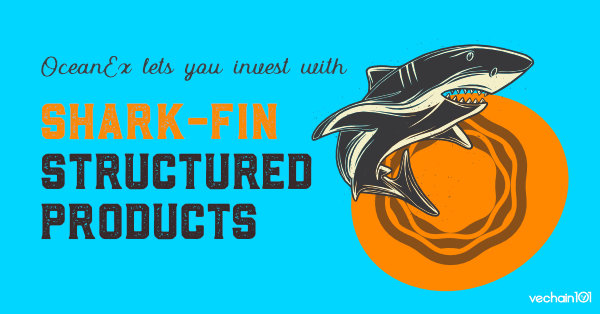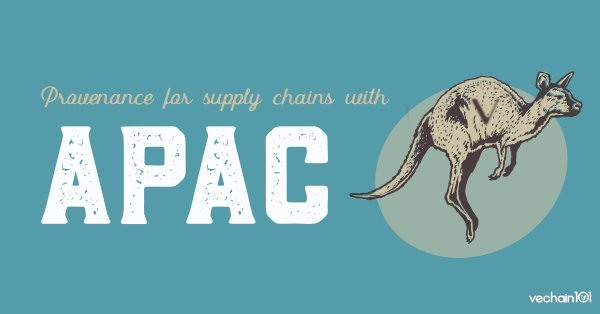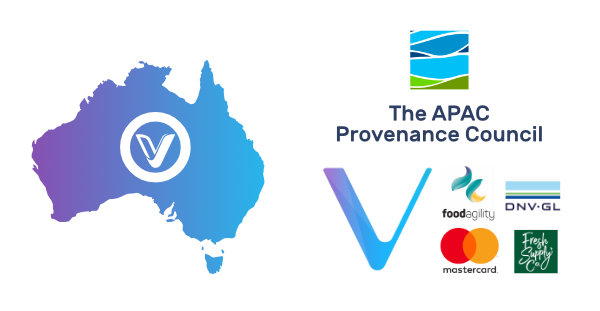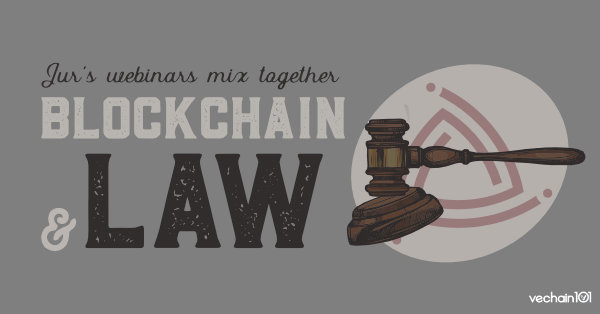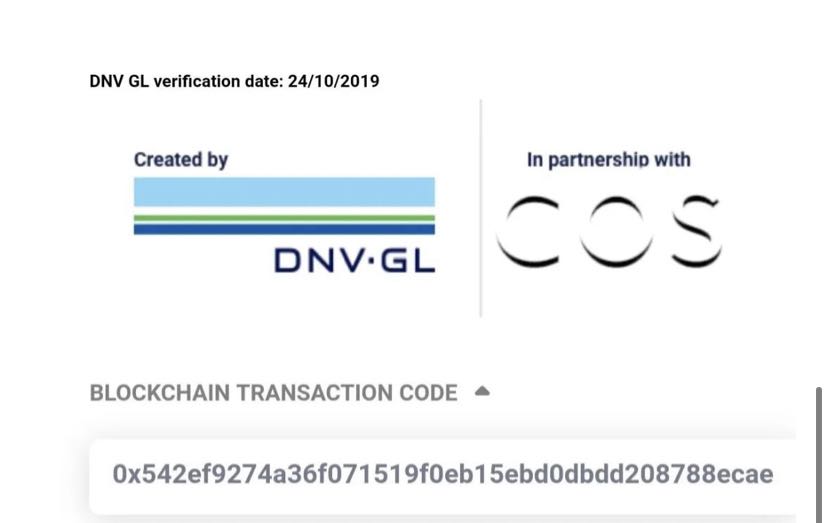
Recap: VeChain’s 2nd Bootcamp and Jur’s 2nd Webinar go live at the same time
On 12th May 2020, Jur and VeChain delivered their second webinars, with both starting at 10pm (UTC+8). We didn’t want you to miss out so here are the recaps. Don’t forget to watch the third instalment of the VeChain Bootcamp on May 13th at 8pm (UTC+8).

Philosophy and Technology come together to measure the risk towards the future
The Jur webinar series has been a refreshing touch to the blockchain webinar circuit – with speakers focusing on the practical application of the technology. Episode 2 was no different. Jur’s team once again introduced some elements of smart contracts and online dispute resolution to an active audience of lawyers and people with an interest in the legal field. The questions streaming in were generally about how the technology could be applied in practice, with issues such as regulation, jurisdictions, and enforcement as key concerns.

Mantalena Kaili speaks about her interest and concerns with technology
Mantalena Kaili of the European Law Observatory on New Technology was the special guest, giving an interesting talk about the issues facing global societies and the threats that technology may pose. 5G, blockchain, and AI were all big issues, particularly with the legality & ethical considerations of using them. Kaili noted that data was the “gold of our generation” and remained the biggest topic for discussion among regulators, researchers, and watchdog groups. She conceded that technology had a dark side, and that there are many questions remaining to be answered while regulators sit in uncharted territory.
Kaili was highly focused on technology in the justice system, even recalling the teachings of Plato and remarking that justice is a very serious system to be left to humans.
“We need the tools to make work better and fairer, replace inflexible bureaucratic structures with fragile parts. We need to replace what isn’t working correctly, but not humans.”
She closed by stressing that human intelligence combined with technology is key to addressing many of the issues facing society.
A New Era of Sustainable Fashion – My Story Enabled Sustainability Practice
VeChain’s second webinar covered the importance of sustainability and the value of blockchain for socially responsible companies.
Hosted by Jérôme Grillères, VeChain’s GM of Europe, and Gabriele Manno, DNV GL’s Head of Blockchain Solutions, it was a unique opportunity to understand how VeChain’s blockchain expertise and DNV GL’s domain know-how complement each other and enables them to define and map the data collection and processes required to build the right interfaces.
Gabriele started by explaining five key challenges faced by sustainable brands:
- Customer engagement: building meaningful interactions with an increasingly connected, tech savvy and better informed consumer profile
- Information sharing: providing relevant data to customers and stakeholders in the supply chain
- Brand credibility: developing products customers can trust and using them to build customer confidence and loyalty for the brand
- Technology adoption: leveraging new technologies such as IoT, blockchain or VR to increase process efficiencies
- End-of-life solutions: designing disposal mechanisms such as recycling or upcycling to minimise a product’s impact at the end of its useful life
The presentation followed with an overview of My Story, the benefits of building it on ToolChain and how it creates value for businesses.

The benefits of using My Story
From a marketing perspective, My Story enables brands to interact with consumers in an interactive way. By scanning a tag or QR code, customers are forwarded to a landing page where information specific to the product of interest (such as design concepts, raw materials or sustainability certifications) can be reviewed. It gives brands an additional touchpoint through which to tell a story and showcase the company’s core values and what it stands for.
Simon Sinek: “People don’t buy what you do; they buy why you do it. And what you do simply proves what you believe”
With plans to grow My Story into a more comprehensive service, additional functionalities and the option to create landing apps will be introduced. Companies will be able to gamify the purchasing process and design new programs to engage with customers. Loyalty and social schemes, for instance, could be developed to incentivise consumers who buy sustainable products or recycle and donate unused items.
From an operational standpoint, My Story provides the benefits of digital authentication, monitoring and traceability; increasing assurance efficiencies, tackling anti-counterfeiting challenges and improving product quality and channel control procedures.
Jérôme and Gabriele shared how My Story has helped brands optimise their data measurement, auditing and verification process and how it enables brands to convert data into actionable insights. Gabriele proceeded by explaining VeChain’s role in My Story and how ToolChain’s customisable interface, compatibility with different types of data sources and flexibility to build tailored verification and certification checklist templates makes it the best blockchain available to power the service.
The webinar concluded with a brief discussion on what may happen as more fashion brands adopt My Story how the ecosystem will continue to expand.

What a future sustainable fashion ecosystem could involve
VeChain101 Analysis:
The webinars show that VeChain, DNV GL, and Jur both have a clear idea of where they need to be and how they can provide value to the business world. It’s impressive to see professionals like Gabrielle Manno and Mantalena Kaili taking the time to remark on this technology. However, it’s clear that these significant industry shifts towards fashion sustainability and decentralized justice will be a gradual transition. For My Story, the results are already starting to show up in our retail outlets. On Jur’s side, their CTO Luca Daniel offered a timeline of 2-3 months before the release of their next prototype, so interested users will need to be patient. One thing is for sure, with the role these solutions will play in society, the results will be worth waiting for.



